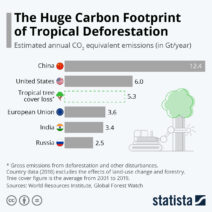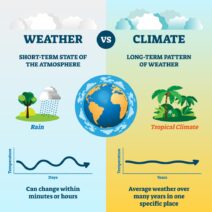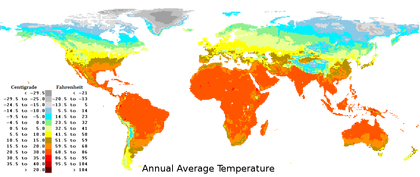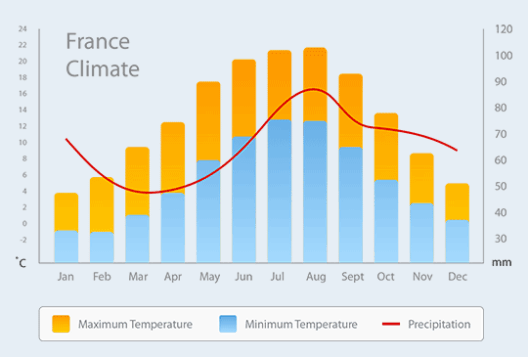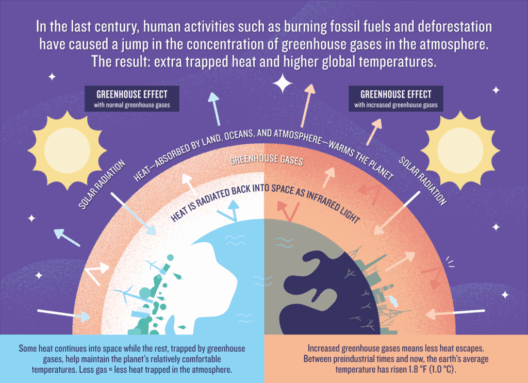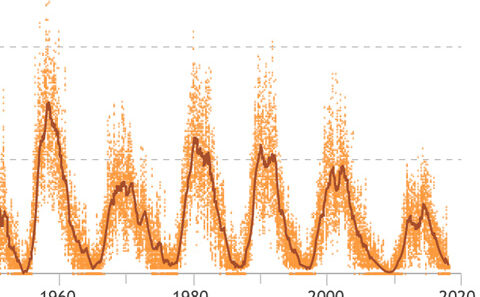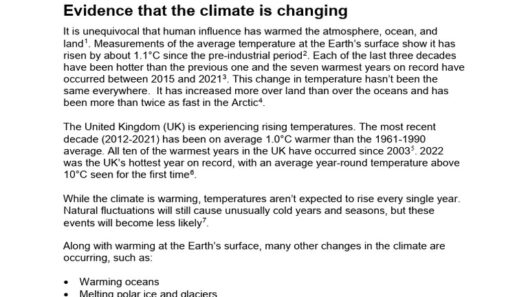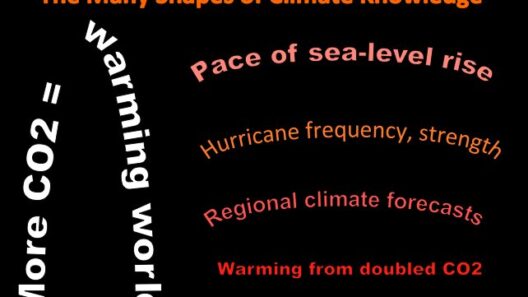Continental climate, while often considered a mere categorization in meteorology, reveals a convoluted tapestry of atmospheric dynamics that dictate weather patterns across vast geographical expanses. This climate zone, defined primarily by its significant temperature fluctuations between seasons, fosters a wide array of environmental phenomena. Understanding this climatic classification opens a window into not only the weather but also the ecological and human narratives emerging from these regions.
Typically found in the interiors of continents, continental climates are characterized by sparse influence from oceans, which limits the moderating effects of large bodies of water. This results in stark differences in seasonal temperatures and precipitation patterns. During summer, regions classified under this spectrum may experience sweltering heat, while winter can plunge to frigid lows, often accompanied by low humidity. Such drastic changes spark curiosity and deepen our understanding of local ecosystems, agricultural practices, and human adaptations in these areas.
The diversity of ecology within continental climates is indeed remarkable, with the flora and fauna exhibiting adaptations that enable them to thrive amid these extremes.
Contrasts of Climate: The Defining Characterization
To grasp continental climate fully, one must examine the geographical positioning and its intrinsic consequences. While temperate zones boast milder conditions influenced by adjacent oceans, continental regions are typically situated far from such moderating bodies. This landlocked nature shapes the climate significantly, resulting in greater temperature swings and a more pronounced seasonal calendar.
In the summer months, solar radiation inundates the land, generating heat that can elevate temperatures to sweltering heights. Conversely, in winter, the land cools rapidly, and the lack of maritime influence often results in plummeting temperatures, creating conditions for snowfall, frost, and harsh chill. The thermal inertia of water bodies is entirely absent, culminating in what is often referred to as a continental climate’s “all or nothing” approach to temperature.
Moreover, precipitation patterns in continental climates are equally compelling. The summer months may usher in brief, intense thunderstorms, while winters are typically marked by dry conditions. In some cases, these climatic zones witness the phenomenon of “continentality” where regions located further inland receive markedly less precipitation than coastal areas. Consequently, agricultural practices are adapted accordingly, with farmers often relying on specific crop varieties that can withstand these climatic vagaries.
Landlocked Weather: Predictable Patterns or Capricious Changes?
When one observes the intriguing weather patterns synonymous with a continental climate, it becomes evident that predictability is often an elusive concept. Meteorological phenomena can demonstrate both cyclical behaviors and surprising irregularities, which captures the fascination of both scientists and laypeople alike.
As seasons transition, weather events shift whimsically. A summer day may start with clear azure skies, only to be interrupted by an unexpected bout of hail or torrential rain. Similarly, winter can evolve into mild spells, only to revert to deep freezes within days. Such variability demands adaptability, both in nature and human interaction. The ecosystems are in constant flux, with certain species migrating or hibernating in response to these sudden changes. The human communities inhabiting these regions often find themselves at the mercy of the climate, adapting their lifestyles, agriculture, and emergency preparedness plans to accommodate the erratic nature of weather phenomena.
Persistent winds, especially from continental interiors, play a critical role in shaping local weather patterns. Cold winds descending from elevated terrains introduce a chill, while warm air masses may ignite brief spells of warming, showcasing the complex interplay of various atmospheric forces. Such dynamics elucidate why forecasting can be exceptionally challenging in these regions, drawing the curiosity of many meteorologists striving for greater accuracy in predictions.
Weather Extremes and their Ecological Ramifications
The environmental implications of a continental climate extend far beyond mere temperature and precipitation metrics. A close examination of these climatic conditions reveals how they can sculpt landscapes and ecosystems.
Regions with continental climates often exhibit diverse habitats, from grasslands and deciduous forests to tundra-like environments at higher altitudes. The pronounced seasonal fluctuations also dictate the types of plants and animals that can thrive. Dormancy during harsh winters and rapid growth in the summer season showcase the resilience of life in these regions.
Moreover, the interplay between climatic extremes and human activity intensifies interest in sustainable practices. With farming frequently undertaken in these climates, the dependency on irrigation, crop rotation, and soil conservation becomes critical. Farmers are compelled to employ innovative techniques aimed at counteracting the challenges posed by precipitation variability and temperature extremes. This intimate relationship between environment and agriculture fosters a deeper appreciation for sustainable methods alongside a richer connection to the land.
In summary, the realm of continental climates unfolds a narrative imbued with complexity, resilience, and ingenuity. Characterized by their vast temperature variances and unique weather patterns, these regions encapsulate a dynamic interplay between natural environments and human endeavors. From the somber chill of winter to the vibrant warmth of summer, understanding these climatic phenomena enriches our comprehension of the world’s weather while inspiring us to embrace sustainable practices as we navigate this complex landscape.
